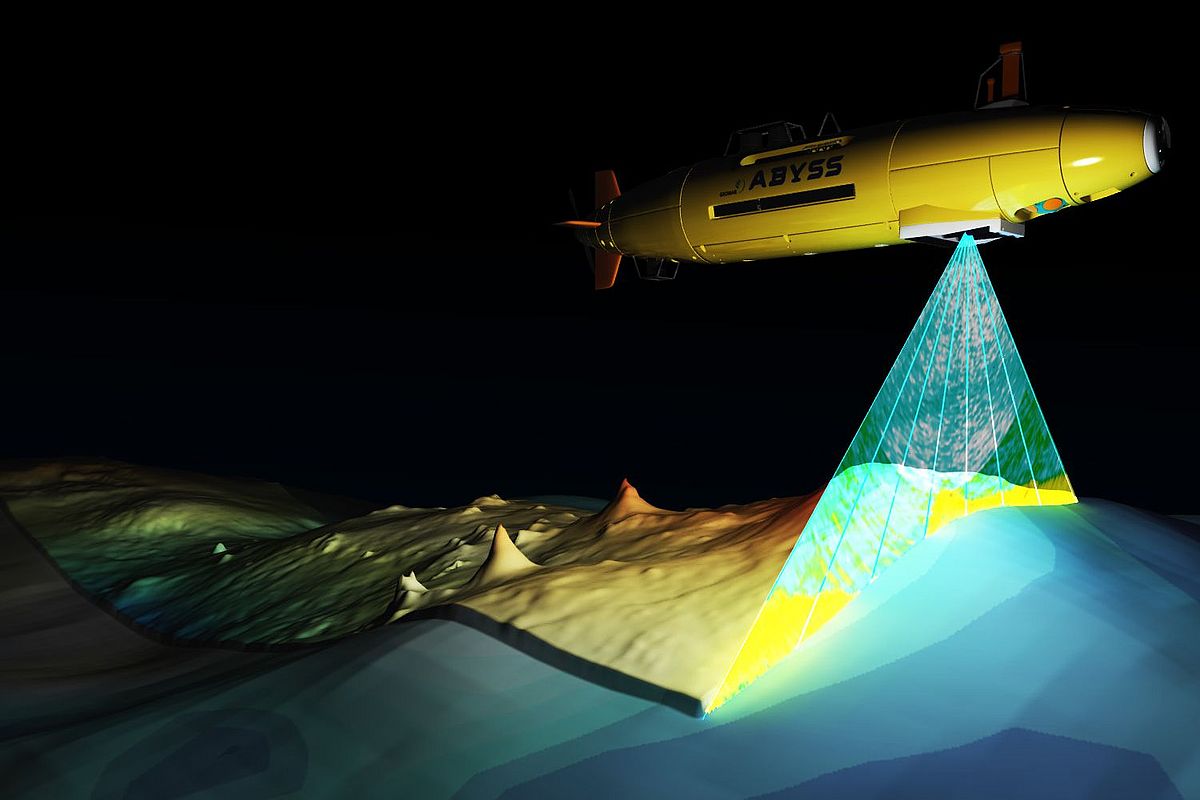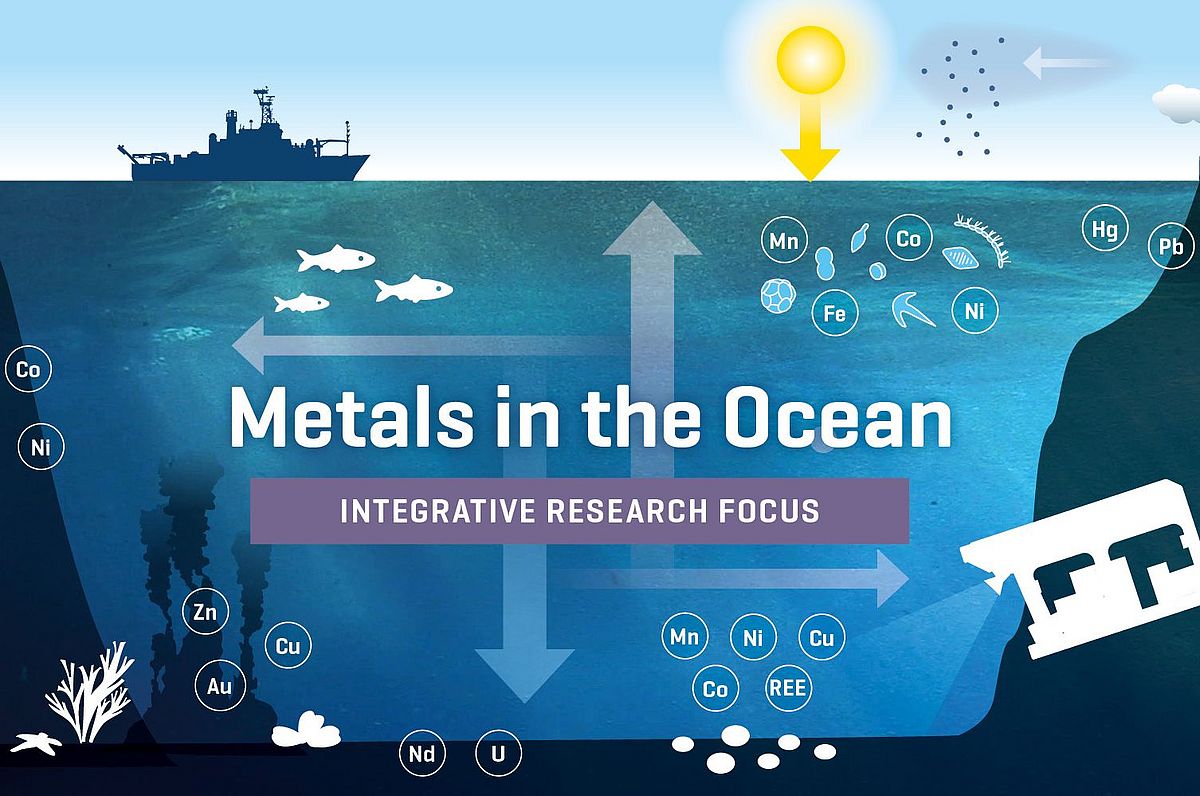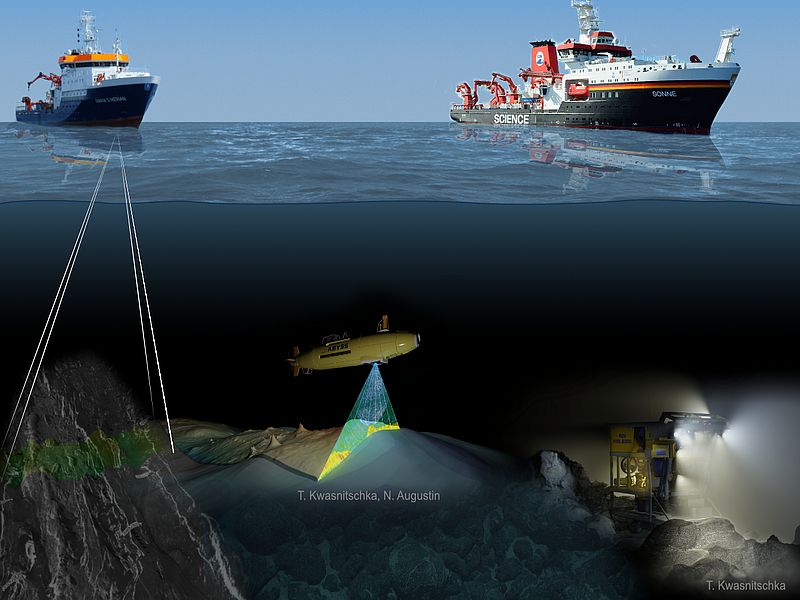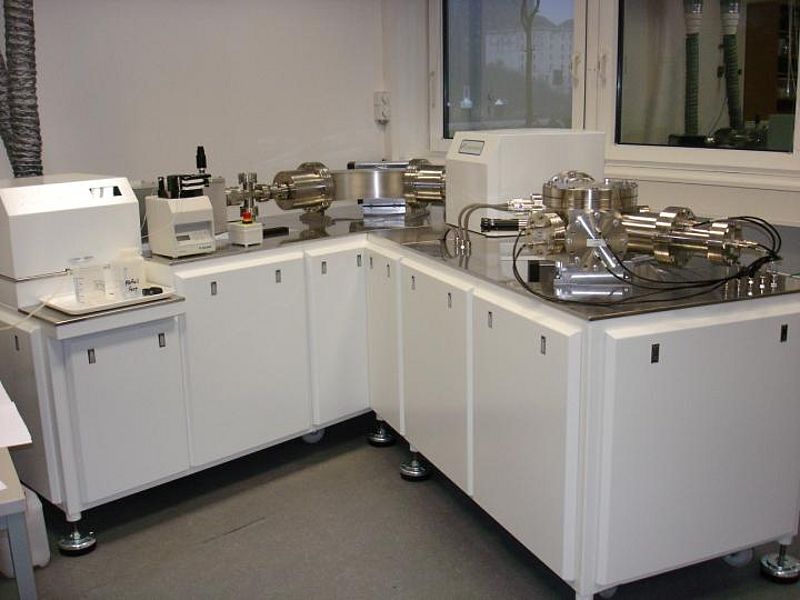GEOMAR Helmholtz-Center for Ocean Research Kiel
Wischhofstr. 1-3
24148 Kiel
Head of the Group:
Prof. Dr. Sylvia G. Sander
Building. 8A/114
Tel. +49 (0)431 600-1420
E-Mail Contact
Team Assistent:
Sabine Lange
Building. 8A/113
Tel. +49 (0)431 600-1421
E-Mail Contact






